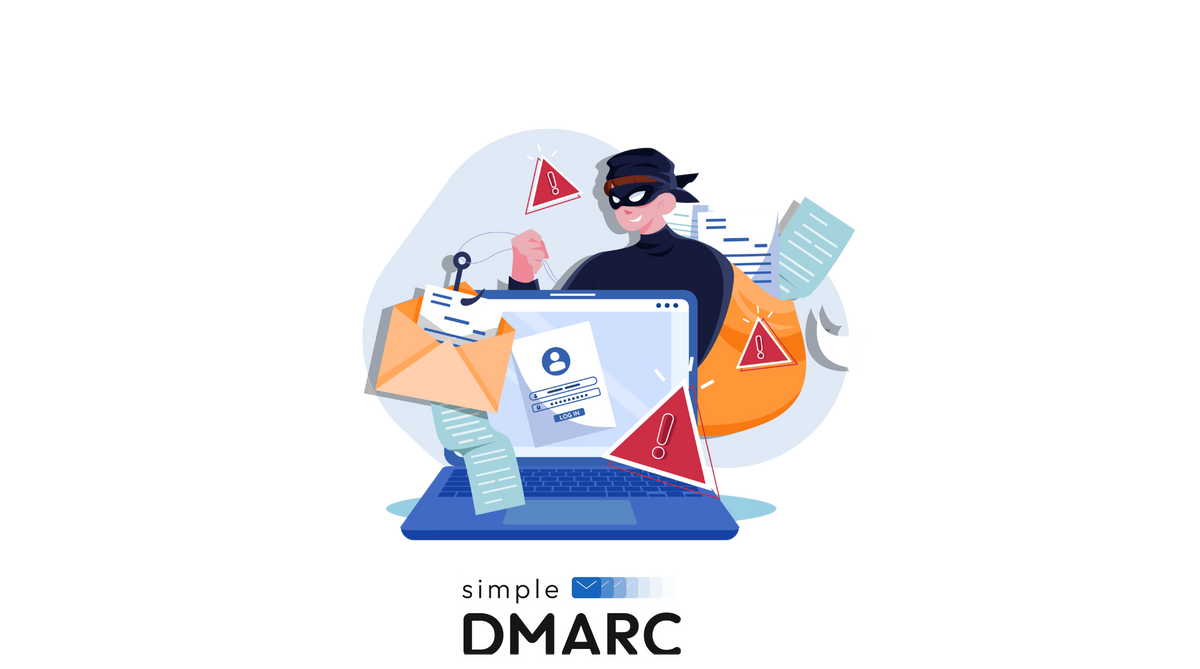The Rising Tide of Phishing Threats Against SMBs: Strategies for Enhanced Security
Discover expert strategies to shield your small or medium-sized business (SMB) from phishing attacks. This guide offers actionable insights on enhancing cybersecurity, training employees, and implementing advanced protection measures to secure your digital assets against sophisticated threats.

In today's digital-first landscape, small and medium-sized businesses (SMBs) find themselves at a crossroads of opportunities and vulnerabilities. The increasing sophistication of cyber threats, especially phishing attacks, underscores a critical need for robust security measures. This comprehensive guide delves into the heart of phishing dangers targeting SMBs. It outlines actionable strategies to fortify defenses, safeguard digital assets, and ensure business continuity.
Understanding the Phishing Menace
Phishing attacks, deceptive practices designed to trick individuals into disclosing sensitive information, have evolved. Cybercriminals now employ more innovative and sophisticated methods to bypass traditional security measures. These attacks not only disrupt operations but also jeopardize customer trust and financial stability.
The Evolution of Phishing Techniques
· Email Spoofing: The classic method where attackers mimic legitimate communication from trusted entities.
· Spear Phishing: More targeted attacks that leverage personal information for credibility.
· Whaling: Aimed at high-level executives to gain access to sensitive company data.
· Smishing and Vishing: Utilizing SMS and voice calls to elicit personal and financial information.
Strategies for Mitigating Phishing Risks
To counteract these threats, SMBs must adopt a multi-layered security approach. Implementing the following strategies can significantly reduce the risk of phishing attacks.
Educate and Train Employees
Regular training sessions should be conducted to educate employees about the latest phishing tactics and how to recognize them. Mock phishing exercises can reinforce learning and assess the readiness of your team.
Implement Advanced Email Filtering Solutions
Deploying advanced email filtering solutions that use artificial intelligence (AI) and machine learning (ML) can help detect and block phishing emails before they reach the inbox.
Secure Web Gateways
Secure web gateways can prevent users from accessing malicious websites linked to phishing emails, thereby reducing the risk of information theft.
Multi-Factor Authentication (MFA)
MFA adds an extra layer of security by requiring users to provide two or more verification factors to gain access to a resource, such as a password followed by a text message code or a biometric verification. It significantly reduces the chances of unauthorized access even if login credentials are compromised.
Regularly Update and Patch Systems
Ensuring that all software and systems are up to date with the latest security patches is critical. Cyber attackers often exploit known vulnerabilities; regular updates close these gaps and protect against attacks.
Develop a Phishing Incident Response Plan
An effective incident response plan outlines specific steps to be taken when a phishing attack is detected. It includes identifying and isolating the affected systems, notifying relevant stakeholders, and conducting a thorough investigation to prevent future incidents.
Leverage DNS Filtering
DNS filtering controls the websites that users can access from the company network. It blocks access to known phishing sites and reduces the risk of data breaches.
Encourage the Use of Password Managers
Password managers generate, store, and fill in complex passwords automatically. They reduce the risk of password reuse across sites, a common exploit vector for phishing attacks.
The Role of Leadership in Cybersecurity
Cybersecurity is not solely an IT issue but a strategic business concern. Leadership must prioritize and champion cybersecurity initiatives. By fostering a culture of security awareness and allocating resources towards cybersecurity measures, SMBs can enhance their resilience against phishing attacks.
Incorporating Cybersecurity Technologies
Adopting cutting-edge cybersecurity technologies can provide SMBs with a competitive edge in defending against phishing and other cyber threats. Solutions such as endpoint detection and response (EDR), security information and event management (SIEM) systems, and cloud security platforms offer advanced detection, analysis, and response capabilities.
Collaboration and Information Sharing
Collaborating with other businesses and participating in cybersecurity forums and information-sharing platforms can provide valuable insights into emerging threats and best practices. This collective intelligence can empower SMBs to anticipate better and mitigate phishing schemes.
Conclusion
As phishing attacks become more innovative, SMBs must proactively enhance their cybersecurity posture. By educating employees, implementing advanced security measures, and fostering a culture of vigilance, SMBs can protect themselves against the evolving landscape of cyber threats. Vigilance, preparation, and strategic investment in cybersecurity can turn the tide against phishing attacks, ensuring business resilience and safeguarding the trust of customers and partners.
What is phishing?
Phishing is a cyberattack method where attackers trick individuals into divulging sensitive information, such as passwords or financial information, by masquerading as a trustworthy entity in digital communication.
How can SMBs identify phishing attempts?
SMBs can identify phishing attempts by looking for suspicious signs such as unexpected email attachments, generic greetings, misspellings, and URLs that don't match legitimate domain names of known organizations.
Why is employee training important in combating phishing?
Employee training is crucial because informed employees can recognize and respond to phishing attempts effectively, acting as the first line of defence against cyber threats.
What are the benefits of multi-factor authentication (MFA)?
MFA significantly enhances security by requiring multiple forms of verification to access accounts, making it much harder for attackers to gain unauthorized access even if they have stolen credentials.
How often should SMBs update their cybersecurity measures?
SMBs should regularly review and update their cybersecurity measures to adapt to new threats. It includes updating software and systems with the latest security patches and refining security protocols as needed.
Can small businesses afford advanced cybersecurity solutions?
Yes, many cybersecurity solutions are scalable and offer various pricing tiers to accommodate the budgets and needs of small businesses, ensuring that they can protect themselves effectively without undue financial strain.
